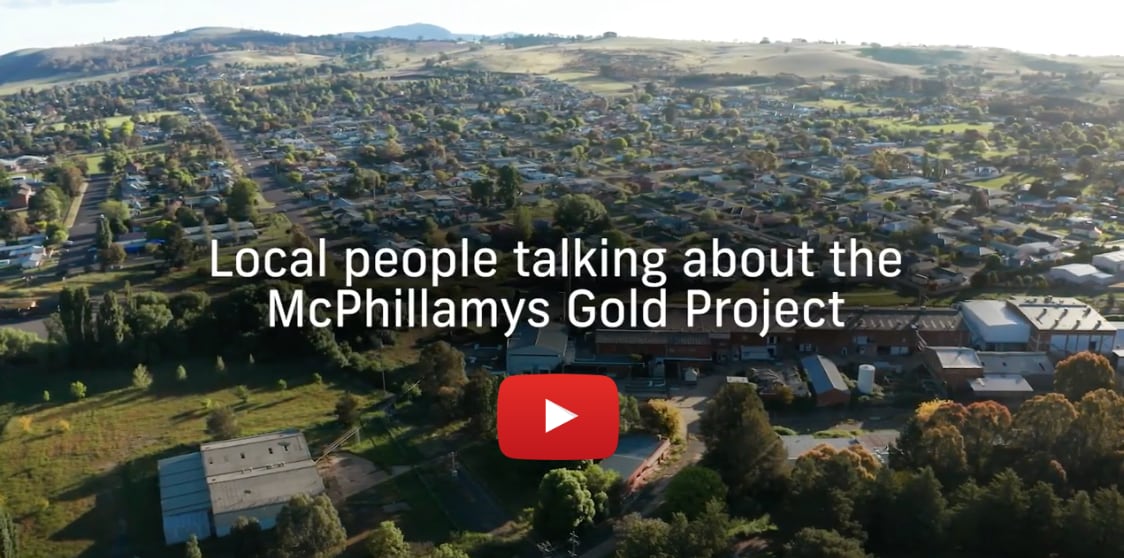McPhillamys Gold Project
The 100% Regis-owned McPhillamys Gold Project is one of Australia’s larger undeveloped open-pittable gold resources. The Project is located approximately 250 kilometres west of Sydney in the established mining region of Central Western NSW. In 2019, the Company announced an updated Ore Reserve of 60.8 million tonnes at 1.04g/t for 2.02 million ounces.
The proposed location of the open pit, processing plant and tailings dam at McPhillamys Gold Project
Since purchasing the McPhillamys Gold Project in 2012, Regis has invested over $150M in the exploration, scientific studies and design reviews that have informed the planning assessment process.
In March 2023 the project was approved by the NSW Independent Planning Commission, subject to a range of consent conditions. The company will now incorporate the approval conditions into the definitive feasibility study (DFS), complete the funding strategy for the Project and expect announcing further developments late in 2023.
Blayney locals supporting the McPhillamys Gold Project

(L-R) Stacey McFawn, Roger Hamer, Phil Ryan, Rachel Croft, Tim Warwick (and son Freddie) show their support for McPhillamys in the Local Voices video
Blayney locals have shown their support for the McPhillamys Gold Project in a new video, Local Voices.
The video was filmed in late 2020, featuring local residents and business people talking about why they think the McPhillamys Gold Project will be a good thing for their community.
These people are passionate about their community and they’re keen to see it prosper and develop with the benefits and opportunities that the project would bring. They mention things like jobs, business growth, new services and career and training opportunities for future generations.
View McPhillamys Gold Project Site



